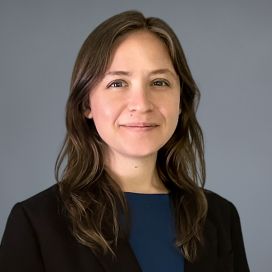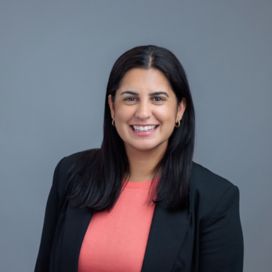Financing Early Care and Education (F4EQ) Study

Problem
The federal government needs data on Head Start funding strategies and the state-level policy contexts in which programs make funding decisions.
Amid the movement in early care and education (ECE) to improve quality and better meet the needs of families, children, and the workforce, many ECE program leaders use multiple funding sources to meet the full cost of delivering high-quality, comprehensive services. Further, leaders at the systems level (e.g., states, counties, large cities, etc.) implement and sometimes coordinate ECE financing policies and funding sources in ways that impact how programs make funding decisions.
How funds are coordinated by system leaders or combined by programs may have critical implications for program quality, access, and outcomes for young children and their families and the ECE workforce. However, decision makers have limited evidence about the national prevalence of ECE programs’ use of multiple funding sources, the system-level policies that encourage or inhibit use of multiple funding sources, or local- and state-level coordination strategies. Of particular interest is how Head Start—the federal government’s largest ECE program—uses their federal funding alongside state and local sources to provide high-quality, comprehensive services.
Solution
NORC and partners conducted the first national study of Head Start program financing and the policies that influence ECE program decisions.
NORC partnered with Start Early, Arizona State University, and independent consultant Margery Wallen to design and implement the first national study of Head Start program financing and the state and local policies that influence ECE program decisions. In particular, we want to better understand Head Start programs’ decision making around the use of multiple funding sources and the local and state contexts and conditions that influence those decisions.
NORC administered two surveys targeted at Head Start program directors and state ECE administrators. To inform the development of those surveys, we completed a number of early activities, including a review of the existing knowledge base, an environmental scan of policies and regulations around the use of multiple ECE funding sources at the state level, key informant interviews, and consultations with technical experts.
The project’s case studies, projected to begin in 2025, are designed to supplement the state- and program-level surveys by providing a more detailed and nuanced picture of on-the-ground ECE funding approaches and decision making.
Result
NORC’s early research, surveys, and case studies will provide a clearer picture of Head Start and broader ECE financing.
Key early findings provided crucial context that guided survey and case study development:
- Many Head Start programs seem to use multiple funding sources, including some common sources such as CCDF, state pre-K, city or regional pre-K, foundation grants, program endowments, local prevention initiatives, and family co-pays. However, we do not yet know the prevalence of this nationally.
- Programs seek out multiple funds to implement comprehensive, high-quality care, which can help improve access and better meet the needs of location communities and priority populations. However, we do not yet know how programs use multiple funds to meet these goals and at what cost.
- Variation in requirements or restrictions across different ECE funding sources presented challenges to programs using more than one funding source, including increased administrative burden and costs. However, we do not yet know how varying state and local policies and supports influence how easy or difficult it is for programs to use multiple funds.
- Governance structures and integration of Head Start within other state ECE funding sources, such as state pre-Kindergarten or state CCDF implementation, seem to affect whether and how programs used multiple funding sources. However, there is little documentation of the relationship between state governance structure and Head Start integration into the broader ECE system or the availability and quality of guidance and direct supports related to states’ or programs’ use of multiple funding sources.
Survey analyses, which will be publicly available in late 2025, will further illuminate the national picture of Head Start program financing and the state and local policies that influence ECE program decisions. Building on this foundational work, the project may include such additional activities as:
- Case studies to better understand the implementation of coordinated funding approaches that include Head Start in variable policy contexts and at multiple levels of the ECE system
- Special topics activities in response to emerging policy or analytic questions to expand the knowledge obtained from this study
Are You a Study Participant?
Questions about the survey? Experiencing technical difficulties? Contact us:
Related Tags
Project Leads
-
Sarah Kabourek
Senior Research ScientistProject Director and Principal Investigator -
Mitchell R. Barrows
Research ScientistProject Manager -
Carol Hafford
Senior FellowCase Study Lead -
Cristina Carrazza
Research ScientistTask Lead











